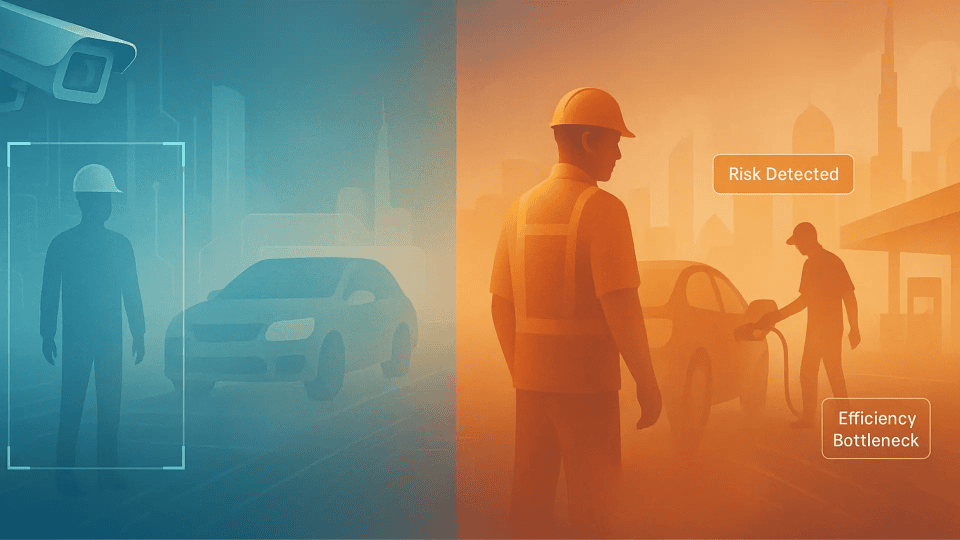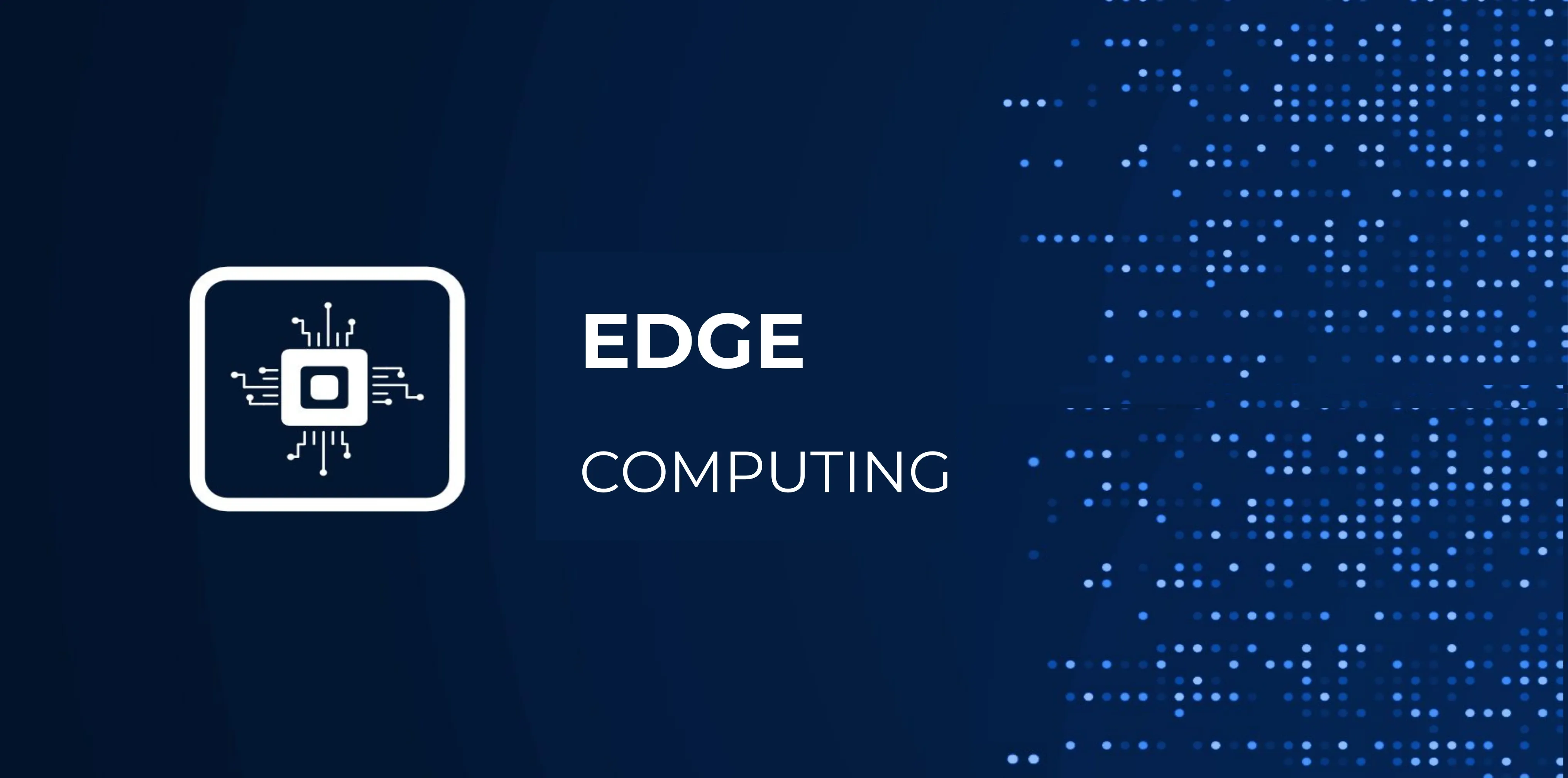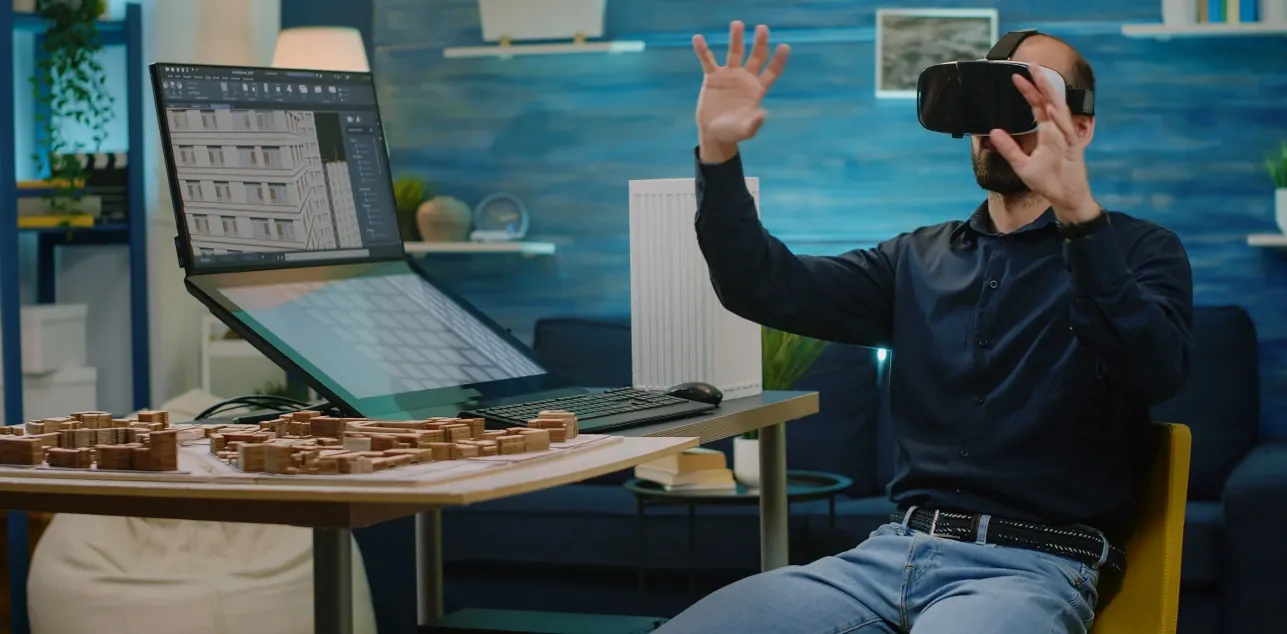All industries’ processes and products are being reimagined with machine learning (ML) and artificial intelligence (AI) at their core in the current world of digital transformation. This change necessitates a robust data processing infrastructure. ML algorithms rely heavily on processing vast amounts of data. The quality and latency of data processing are critical for achieving optimal analytical performance and ensuring compliance with regulatory standards. In this pursuit, it is vital to find the optimal combination of edge and cloud computing to address these challenges, as each offers unique benefits for streamlining operations and reducing data processing costs.
What is Cloud Processing and Edge Computing
Edge Computing
Edge computing processes data closer to its source, such as on local servers or edge devices, instead of centralized data centers. It reduces latency and improves performance and responsiveness for applications requiring real-time processing, like autonomous vehicles and industrial automation. With minimal data transmission across devices, it improves speed, conserves bandwidth, and reduces transmission costs. Edge computing is particularly advantageous for IoT applications, where massive amounts of data are generated at the network’s edge and need repeated immediate analysis and action.
Cloud Processing
Cloud processing involves delivering a wide range of computing services—including storage, databases, servers, networking, software, and analytics—over the internet. It allows businesses to access and utilize these resources on-demand, eliminating the need for owning and maintaining physical infrastructure. Cloud services provide pre-built data analytics and machine learning tools, equipping businesses with powerful capabilities to analyze and leverage their data efficiently. The accessibility and reliability of cloud processing, with data and applications available from anywhere with an internet connection, further support remote work and global operations.
Cloud Processing vs. Edge Computing: Key Variances
What Are the Speed and Latency Implications of Each Approach
Edge computing and cloud processing differ significantly in their approach to speed and latency, crucial factors for applications requiring real-time data processing.
- ● Edge computing reduces latency by processing data at or near the source. This immediate processing capability is crucial for applications requiring real-time data analytics and swift response times.
For example, edge computing enhances the effectiveness of AI-powered video surveillance systems in workplaces by processing data locally, near the source of generation such as cameras and sensors. This approach reduces latency significantly, enabling real-time analysis of video feeds. It allows AI algorithms to instantly detect and respond to safety breaches using object detection.
- ● On the other hand, cloud processing enhances data processing speed while increasing latency. It involves sending data over the internet to centralized servers, which can increase latency due to the required data transmission between the user and the cloud server.
Cloud providers optimize networks for high speed and low latency, yet varying performance levels may occur based on geographic location and network conditions. While cloud services strategically place data centers worldwide to reduce latency for global users, applications requiring real-time processing and rapid data access may find the latency in cloud services limiting.
How Does Cost Efficiency and Scalability Differ Between Each Approach
When comparing the cost efficiency and scalability of cloud processing versus edge computing, each approach offers unique benefits tailored to specific application requirements.
- ● Cloud processing offers cost-efficiency and scalability. Cloud Processing offers scalability with pay-per-use subscription, thus eliminating the need for upfront hardware and infrastructure investments.
- ● Edge computing proves cost-effective for applications needing frequent data processing. By processing data locally, the volume of data sent to the cloud is reduced, potentially lowering long-term bandwidth expenses. While renting GPUs initially seems cheaper, owning them becomes more economical over their lifetime. Also, edge computing provides localized scalability by distributing processing closer to data sources, improving response times and reducing latency.
What Are the Security and Data Privacy Considerations
- ● Edge computing enhances security through data localization, keeping sensitive information closer to its source. It minimizes the risks associated with data transmission over potentially insecure networks, particularly for finance and healthcare industries, and facilitates compliance with stringent data privacy regulations.
However, the decentralized nature introduces new security challenges. Each edge device represents a potential attack vector, requiring robust security protocols and continuous monitoring to ensure data integrity across all devices.
- ● Cloud processing offers centralized security measures implemented by cloud providers. They invest heavily in advanced protections such as encryption, intrusion detection, and regular security audits. This centralized approach simplifies security management and ensures consistent protection across all data stored in the cloud. It is advantageous for organizations seeking comprehensive security solutions without the complexity of managing distributed edge devices.
Storing data in the cloud raises concerns about data sovereignty and compliance, especially for businesses operating in regulated industries. Organizations must carefully evaluate their cloud providers’ security and compliance offerings to ensure alignment with regulatory requirements and mitigate potential risks associated with data residency and privacy.
Which Solution Best Suits Your Business Needs
Choosing between edge computing and cloud processing depends largely on your business’s specific needs.
Cloud processing offers scalability and flexibility, allowing businesses to adjust quickly to varying demands without major infrastructure changes. Its pay-as-you-go model reduces upfront costs and optimizes ongoing expenses. Conversely, edge computing excels in real-time data processing with minimal latency, which is crucial for industrial automation. It enhances privacy, compliance, and operational reliability in remote environments, reduces bandwidth costs, and improves network efficiency.
Ultimately, many businesses may find a hybrid approach, using the strengths of both technologies, to be the most effective strategy. Edge computing reduces latency by processing data closer to where it’s generated, ensuring faster response times for critical applications like IoT and real-time analytics. It optimizes bandwidth by sending only relevant data to the cloud, saving costs and enhancing network efficiency. This approach improves reliability by enabling autonomous operation even if cloud connectivity is disrupted, enhances data privacy by processing sensitive information locally, and supports scalable, flexible deployments that adapt to varying workloads efficiently. Overall, the hybrid model maximizes performance, minimizes costs, and supports real-time decision-making across diverse applications and industries.
For example, a technology company specializing in mechanized tunneling systems successfully built a stable IIoT platform using a hybrid approach of edge and cloud computing. By leveraging InfluxDB (a high-performance time-series database) and integrating it with both their edge devices and cloud infrastructure, the company efficiently managed data from thousands of sensors on their TBMs (Tunnel Boring Machines). They faced challenges like supporting hundreds of TBMs, ensuring data transfer from remote job sites, handling diverse data sources, and integrating with both Windows and Linux environments. The hybrid approach reduced total ownership costs by one-third, improved system stability, and eliminated issues with slow queries. The scalable platform ensures seamless data synchronization between edge devices and the cloud, future-proofing their IIoT capabilities.
For tailored solutions in visual AI services and AI integration, contact Random Walk today. Our experts are ready to help you navigate edge computing and cloud processing to meet your unique business needs. Reach out to Random Walk now to get started!






